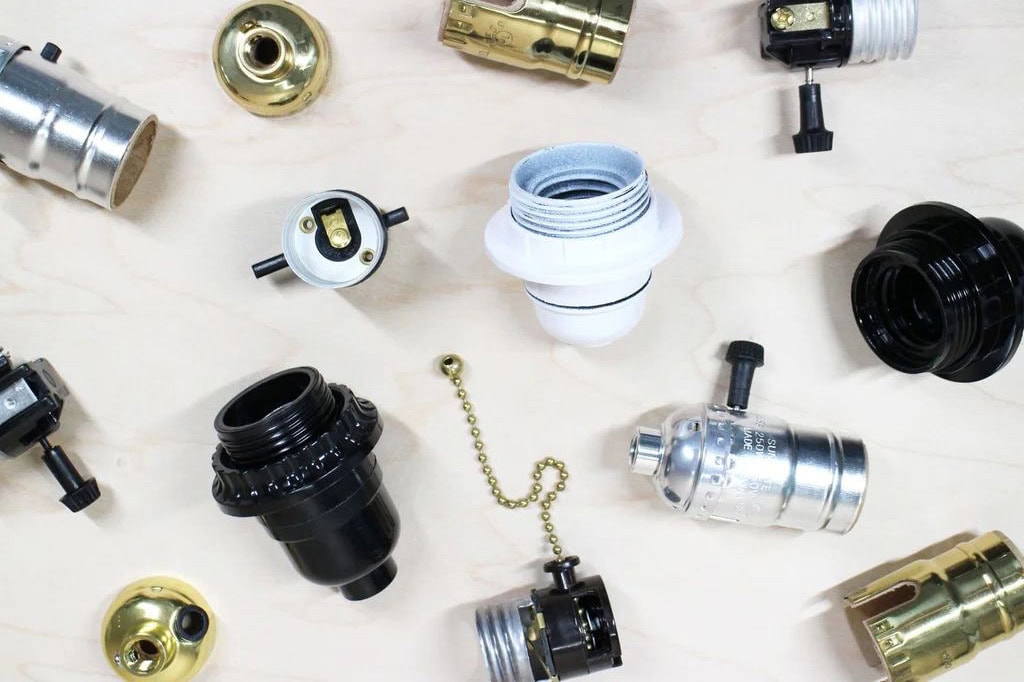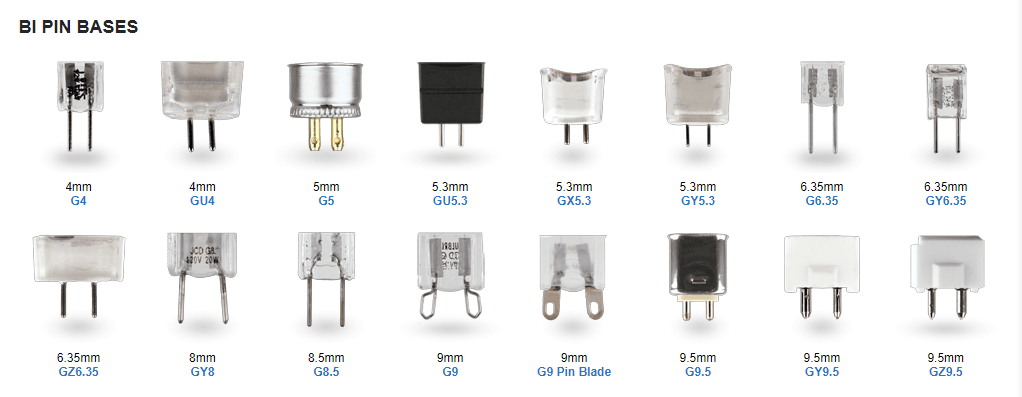Leaving a light socket without a bulb may seem harmless, but it can cause problems. Most people don’t know about the potential problems. They range from electric shock to fire hazards caused by dust collecting. You need to understand why an empty socket is a problem and how to deal with it.
No, it is not safe to leave a light socket empty. Unused sockets expose people to risks like electric shock, dust accumulation, and accidental short circuits.
An empty light socket may seem harmless, but not having a bulb in a socket can cause problems. You need to understand the problems that can occur, like electric shock or fire, and take action to prevent them.

Why Light Sockets Pose a Safety Risk When Empty
Empty light bulb sockets pose an increased risk of accidental electric shock, especially if the socket is live. Many types of light sockets, including Edison screw types and bayonet bases, are commonly exposed to live wires even when no bulb is inserted. This situation increases the risk of someone inadvertently touching the socket and receiving an electric shock, particularly if the socket is within reach or at eye level. Moreover, empty sockets can attract children or curious pets, who may unknowingly touch the socket or insert objects into it.
Another potential hazard is the risk of fire. Dust, debris, or even insects can accumulate inside an empty socket, especially in environments with limited ventilation or heavy foot traffic. When dust builds up around the socket contacts, it can create a conductive pathway that may short-circuit, potentially leading to overheating and even electrical fires. This is especially true for ceramic sockets used in high-wattage lighting systems, which can withstand heat but still present risks when unprotected from dust and debris.
Factors That Affect Socket Safety
The safety of leaving a socket empty largely depends on the type of socket and the environment it’s in. Ceramic sockets, often used for high-wattage applications, are generally more heat-resistant than plastic ones and are better suited to withstanding accidental sparks. However, all sockets are vulnerable to dust and moisture, which can reduce their insulating properties over time. The type of insulation also matters; high-quality insulation materials offer better protection but cannot entirely shield against environmental contaminants if the socket remains open.
Environmental factors such as dust, moisture, and even temperature fluctuations play a significant role in socket safety. High-humidity areas increase the likelihood of corrosion in metal contacts within the socket. Over time, this corrosion can reduce conductivity and lead to poor connections, which, in turn, can cause sparking or overheating. In outdoor settings or bathrooms, exposure to moisture is especially concerning, as it accelerates corrosion and heightens the risk of accidental short circuits.

Common Issues with Leaving Sockets Empty
A common but often overlooked issue with empty sockets is the accumulation of dust and debris. Dust particles settle quickly, especially in unventilated or highly trafficked areas, and accumulate over time. This buildup not only clogs the socket but also increases the risk of insulation breakdown. Insulation breakdown can lead to short circuits, which are especially risky for ceramic sockets that handle higher wattages. Despite their resilience to heat, ceramic sockets aren’t immune to the problems caused by accumulated dust, which could ultimately result in overheating or sparks.
In addition to dust, oxidation and corrosion are also significant concerns for metal parts within the socket. When metal parts—such as the brass or copper contacts commonly used in light sockets—are exposed to moisture or humidity, they begin to oxidize. Oxidation reduces conductivity, making it difficult for electrical current to flow freely. Reduced conductivity causes heat generation within the socket, which, over time, can create sparks. Corroded parts are also more susceptible to rust and may eventually become too damaged to function safely, further increasing the risk of sparks or fire hazards.
Safe Alternatives to Leaving Sockets Empty
To mitigate the risks associated with empty light sockets, one effective solution is to use socket caps or safety covers. These covers act as a barrier, preventing dust, moisture, and even insects from entering the socket. Socket covers are typically made from non-conductive materials and fit snugly into most standard sockets, providing a secure and convenient way to keep the socket protected. They can also prevent accidental contact by providing an additional layer of insulation, making them ideal for families with children or in spaces where sockets are within easy reach.
Another alternative to leaving a socket empty is to install a low-wattage bulb. Using a low-wattage LED bulb, for example, can keep the led socket closed off while consuming minimal power. LED bulbs have a longer lifespan and generate less heat, making them a safe choice for maintaining the integrity of the socket without the risk of overheating. A low-wattage bulb effectively “closes” the circuit, reducing the risk of electric shock or dust accumulation, and provides enough illumination to ensure visibility in low-light areas.

Electrical Standards and Regulations for Socket Safety
For additional safety, it is wise to consider the IP (Ingress Protection) rating of light sockets, especially in areas prone to dust and moisture. The IP rating consists of two numbers: the first indicates the level of dust protection, while the second indicates the level of water protection. Higher IP ratings suggest better protection, which is especially important for sockets exposed to high-humidity areas, like bathrooms or outdoor spaces. For example, an IP65 rating provides complete protection against dust and water jets, which is suitable for outdoor or industrial settings.
Light sockets that carry certification marks, such as UL (Underwriters Laboratories), CE (Conformité Européene), or RoHS (Restriction of Hazardous Substances), meet strict safety standards for material and electrical design. These certifications are critical, as they ensure the socket has been tested for performance under various conditions. In situations where sockets are left unused or exposed, it is best to choose products that comply with such certification standards, as they are designed to minimize the risk of electric shock, overheating, or insulation failure.
Practical Tips for Safe Socket Maintenance
Keeping light sockets free from dust and debris is essential, particularly in environments prone to dust accumulation. Regular cleaning can prevent insulation breakdown, reduce overheating risks, and prolong the life of the socket. A gentle brush or compressed air can be used to clean socket interiors safely without causing damage to the contacts or insulation materials. This simple maintenance step can go a long way in preventing the buildup of dust and dirt, which is especially important for high-wattage ceramic sockets that may generate more heat than plastic sockets.
In addition to routine cleaning, it’s essential to inspect sockets periodically for signs of corrosion, particularly in humid or damp areas like bathrooms or basements. If corrosion is detected, it’s best to replace the socket or consult a professional electrician. Corroded sockets are more likely to spark or fail, which increases the risk of fire. For maximum safety, consider using sockets that feature anti-corrosion coatings or materials such as stainless steel or brass, as they are less susceptible to moisture damage.

Final Words:
Leaving a light socket empty is not recommended due to safety concerns. Use socket covers or low-wattage bulbs to prevent electric shock and dust from collecting. Doing some simple maintenance will help keep your light sockets safe and working.













